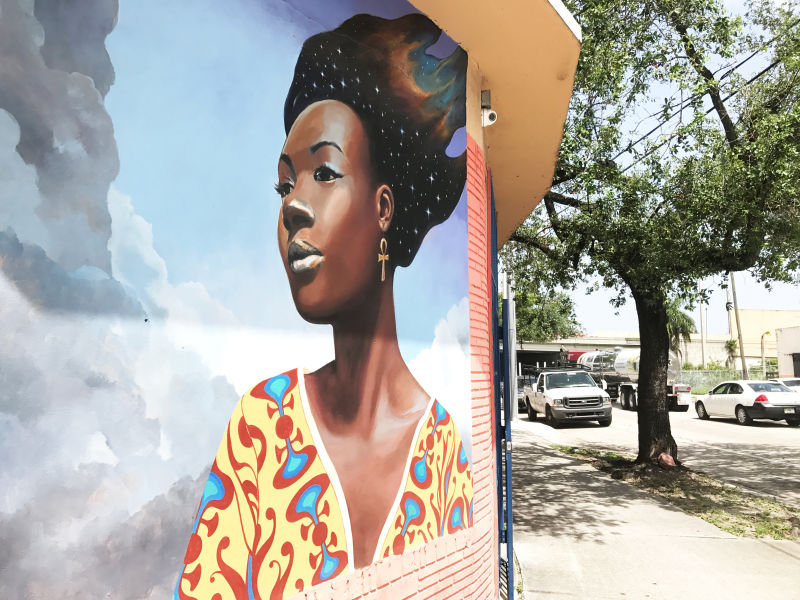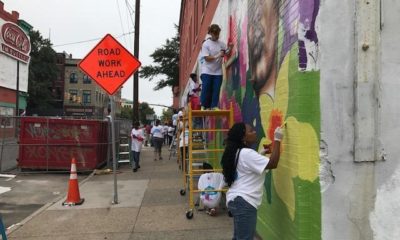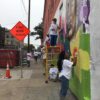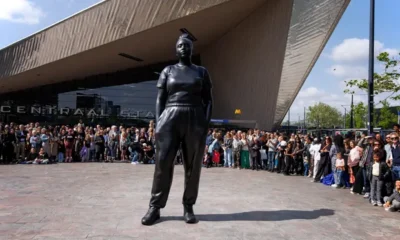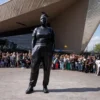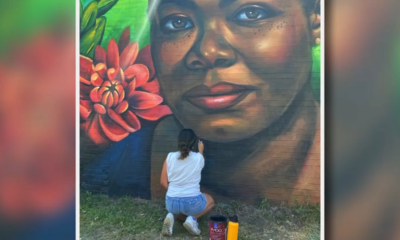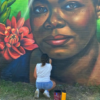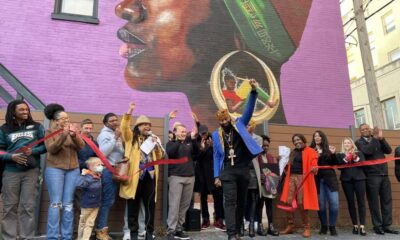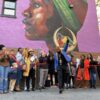Black Women in Arts
Color of Climate: Is Climate Change Gentrifying Miami’s Black Neighborhoods?
Paulette Richards has lived in Liberty City for almost 40 years.
In that time, the 57-year-old community organizer has seen some things in the close-knit and vibrant historically black community located in northwest Miami-Dade County.
She’s seen young mothers struggle to feed their babies despite working multiple jobs. She’s seen kids suffering because of a lack of resources. But recently, there are some people she hasn’t seen—some of her former neighbors and friends.
“I can get emotional even thinking about it. Where is such and such?” she told The Root recently.
Like many predominantly black communities across the country, Liberty City is experiencing a rise in gentrification. But in the case of Liberty City and some other black Miami neighborhoods, gentrification may include another interesting factor—climate change. The idea of climate gentrification expands upon traditional gentrification by focusing on environmental issues, such as rising sea levels, as key factors in driving out, and oftentimes pricing out, those situated in areas that were previously deemed less valuable.
In the first of a three-part series, The Root will be exploring the ways in which race, climate and gentrification intersect and impact black communities in Miami.
Richards became especially passionate about climate gentrification years ago while on a trip to Washington, D.C. to discuss environmental issues with government officials. Unfortunately, conversations surrounding climate change and rising sea levels are not being had in her neighborhood.
She says residents are focused more immediate needs like affordable housing, jobs, transportation and safety.
“They don’t have time for climate change. It’s at the bottom of the totem pole,” she said.
Liberty City was the back drop of the recent Oscar-winning film, Moonlight, which showed the oftentimes harsh realities of growing up in the projects while also humanizing the lived experiences of those in the community. The area’s current median income is little over $26,000.
Higher ground becomes essential—and more valuable—as coastal communities in the United States battle chronic flooding as a result of rising sea levels. A recent study showed that while 90 coastal regions in the U.S. are currently dealing with chronic flooding, that number is expected to increase to 170 communities in less than 20 years. Although sea-level rise is a naturally occurring phenomenon, George Eberli, a …
Please read original article- Color of Climate: Is Climate Change Gentrifying Miami’s Black Neighborhoods?



